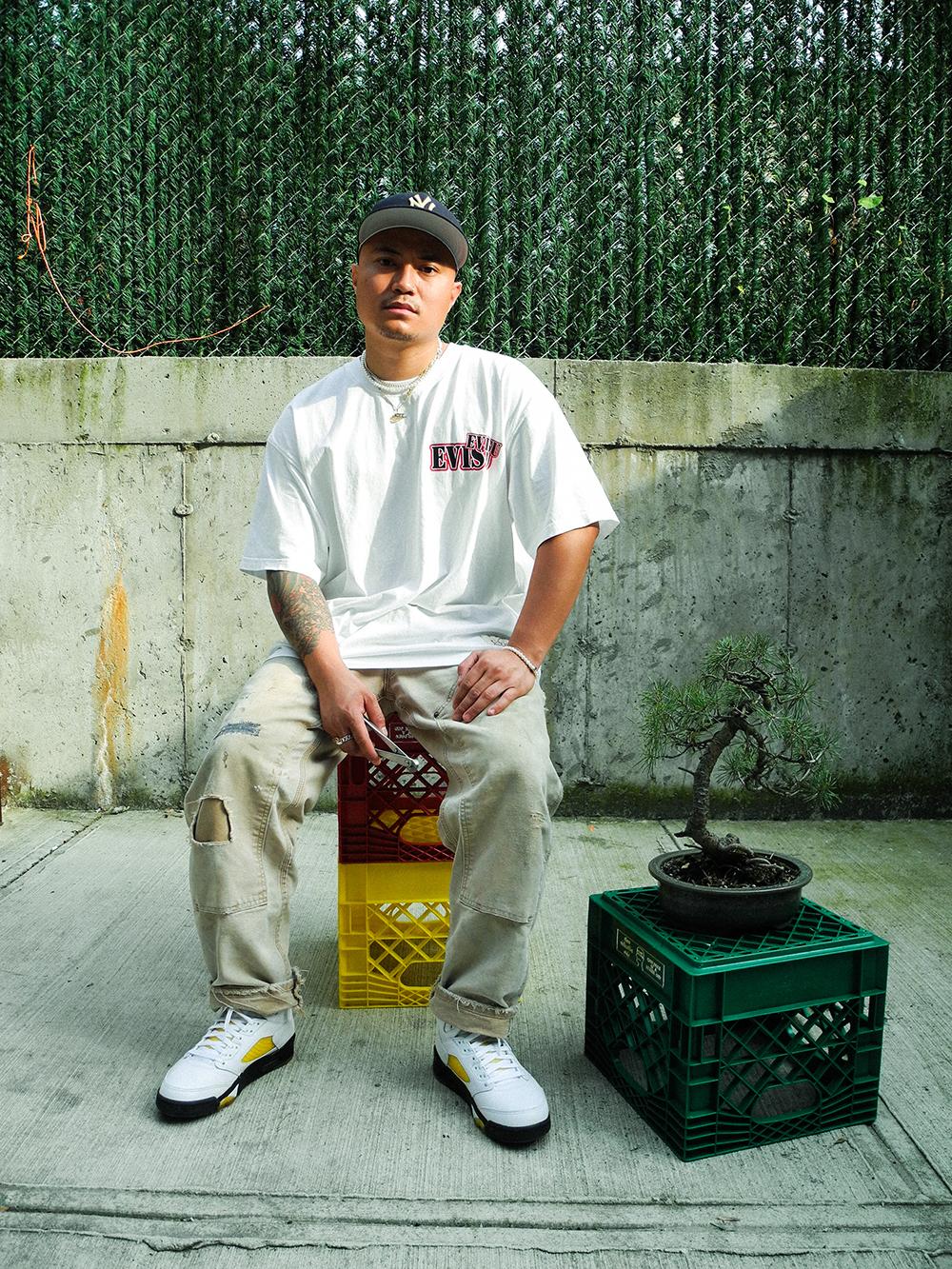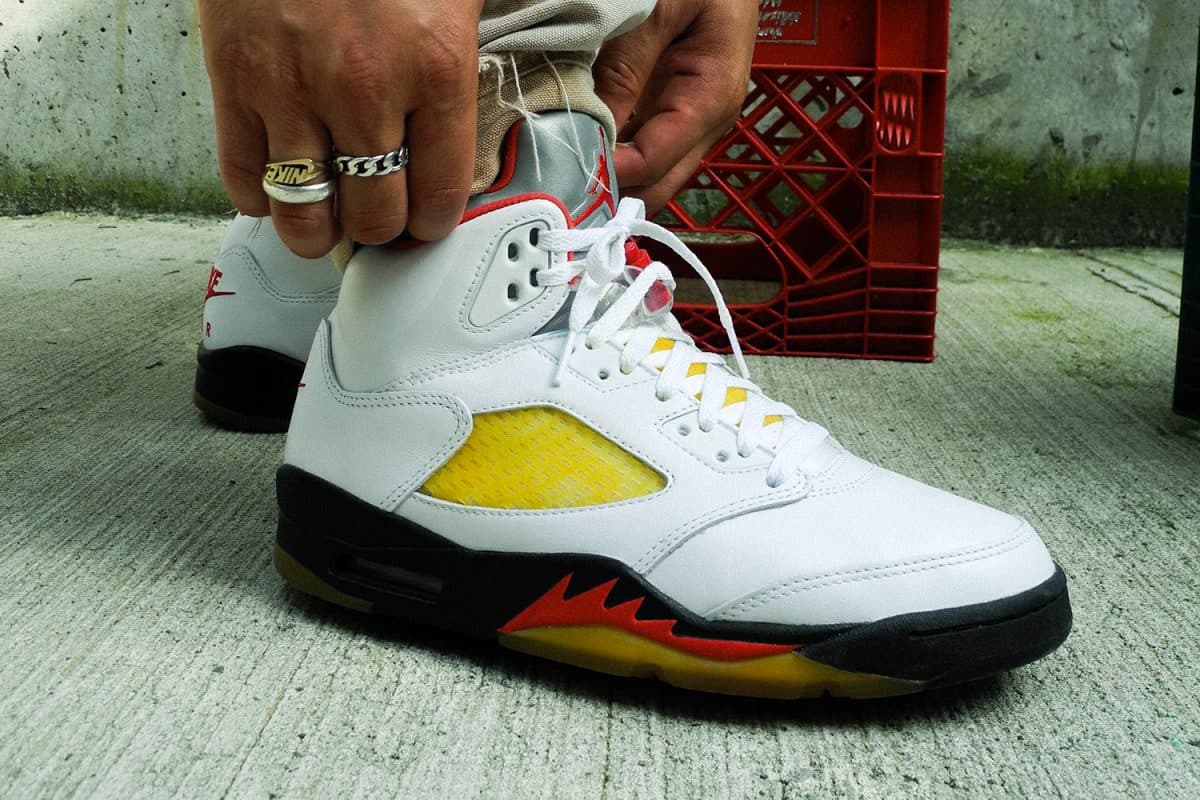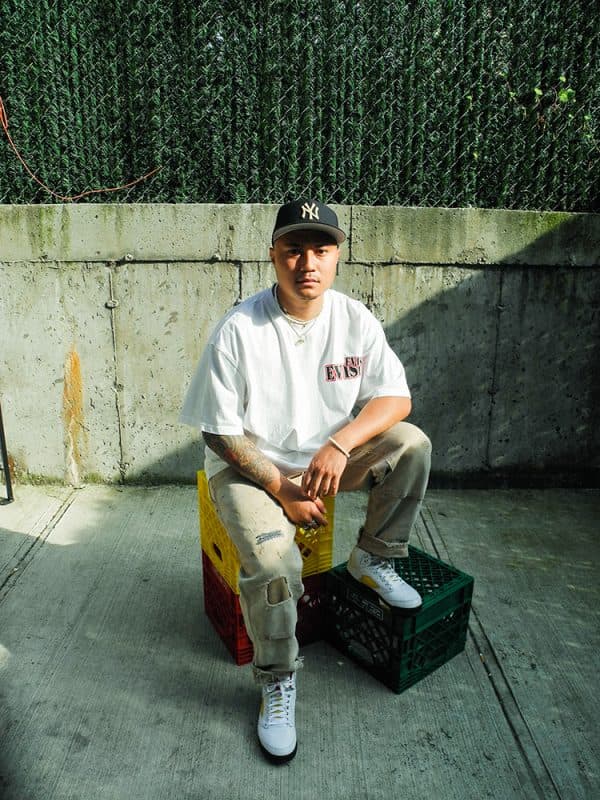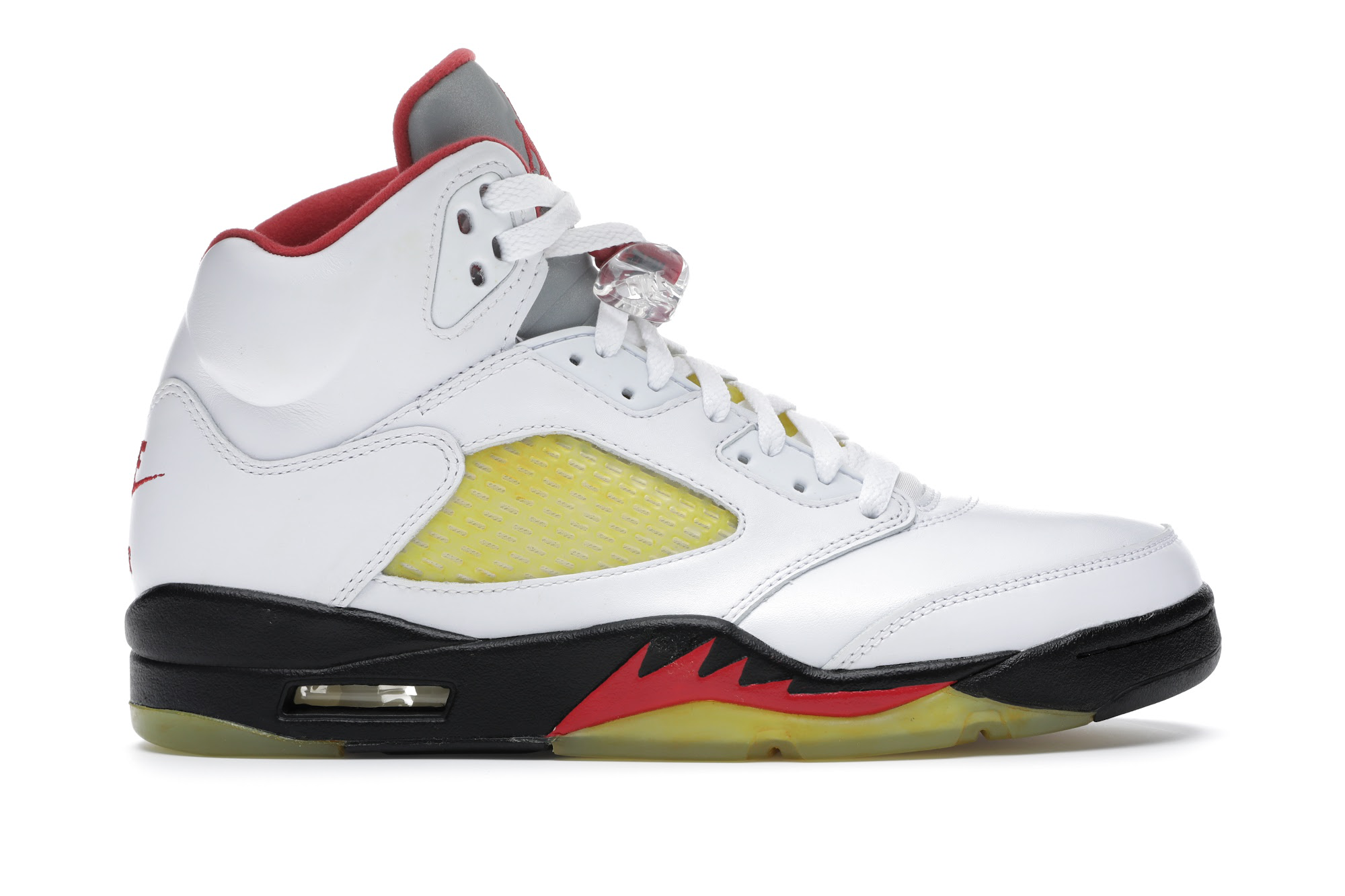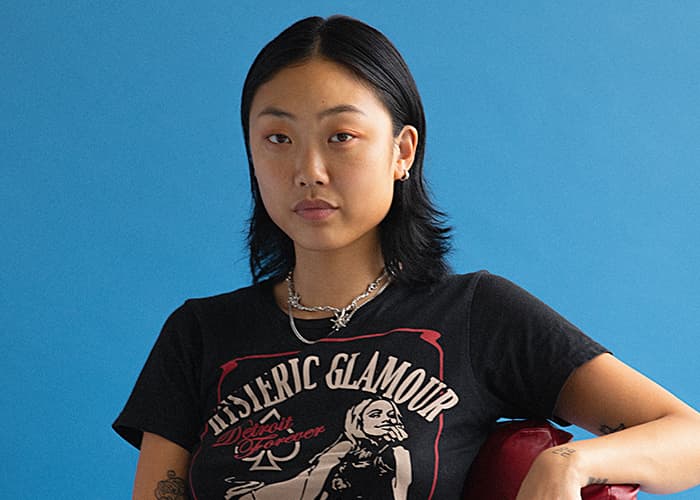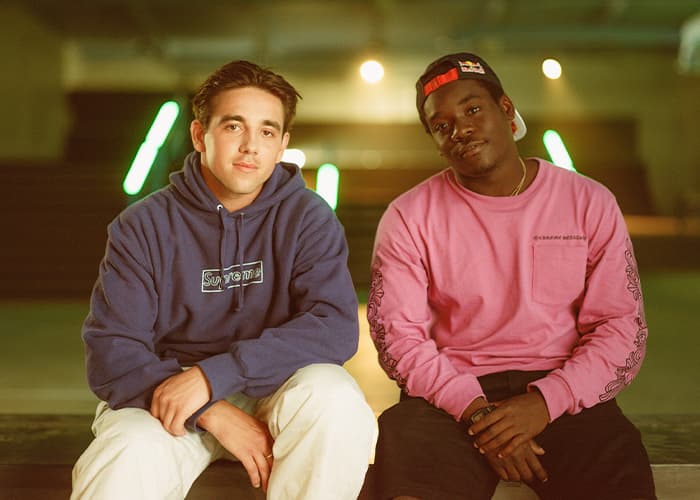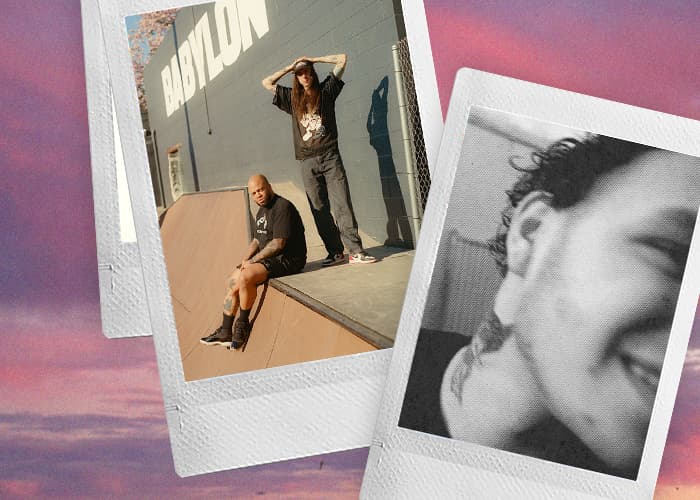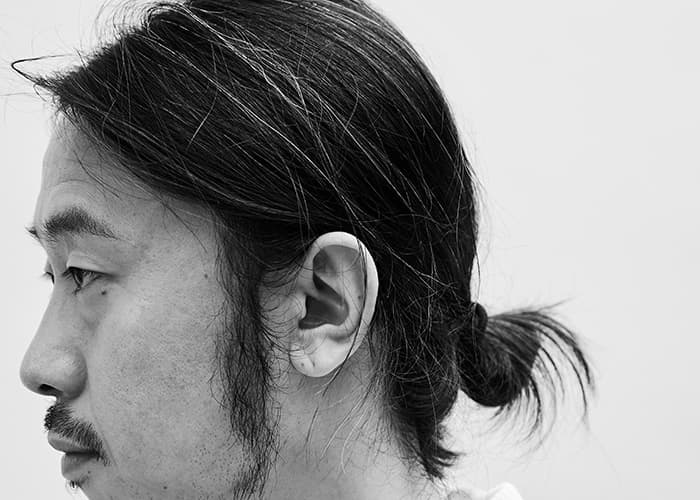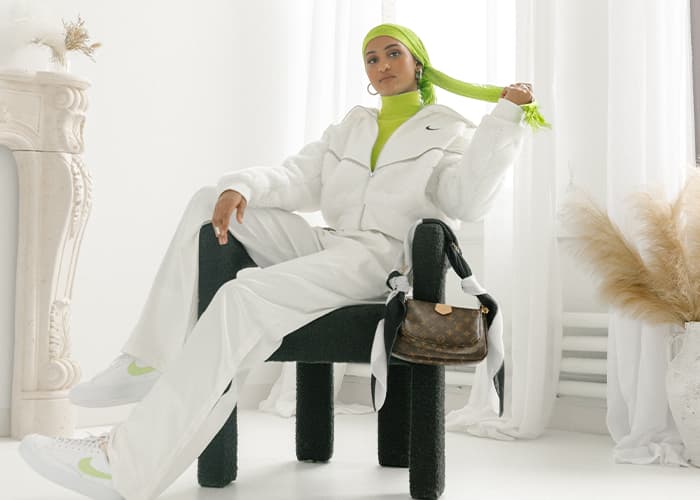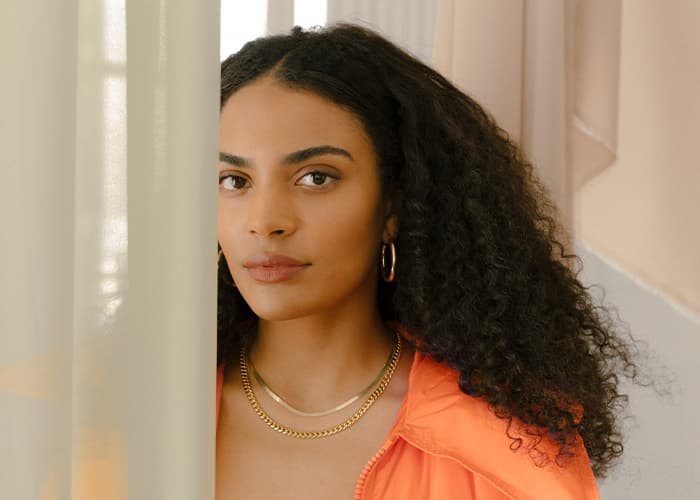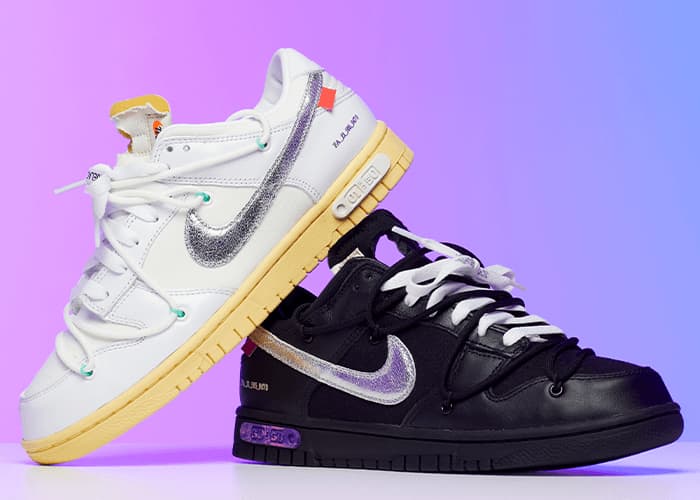After making a name for himself on social media sharing his 1 of 1 patchwork apparel and aging new sneakers, Phillip Leyesa, known as @philllllthy on Instagram, is showing off more of his passions, including the cultivation of bonsai. On the heels of a limited DropX that made his sneakers available to a broad audience for the first time, we caught up with him to chat about how the past and present converge in his work.
Every sneaker you work on has unique elements that are either aged or left alone. How do you choose what sneaker you’re going to work on and elements of a sneaker should be aged and what shouldn’t be?
I started aging my Jordans because I couldn’t wear the original pairs or pairs over 10 years old because the shoe would just come apart while wearing them. The next best thing was to replicate the vintage look on a recent pair of retros. I have a pair of 1999 Jordan 5s that weren’t wearable so mixed and few dyes to color match the yellowed netting and sole and then transferred that vibe to a 2020 pair. You’re getting the same look on a newer shoe that isn’t going to break down on you after 6 steps. I did the same for the Jordan 1, but I did a bit of researching online and got inspiration from beat up pairs from 1985.
The practice of aging fits in this interesting space between nostalgia and indulging in archive, which one do you think it’s closer to? And how do you think that affects how people consume your work?
I think my work gravitates towards consumers that indulge in nostalgia. But it can also be intertwined with fans of archive. I don’t really think it affects but more floats above the two categories, subtlety put into the mix of both. The practice of aging also seamlessly intertwines with one’s sense of style.
In addition to aging sneakers, you’re also well known for patchwork apparel. Where do you think these disciplines overlap in theory or philosophy?
The Japanese philosophy of wabi-sabi is a huge factor when it comes to my work. For those who aren’t familiar, wabi-sabi is the philosophy of accepting the imperfect and appreciating the flaws for what they are. When I create my 1/1 patchwork apparel I use hand stitching techniques which don’t always come out perfect and that’s okay because it gives it that human flaw to make it feel “real” in a way that a machine couldn’t do. The fans who love the look of an aged sneaker appreciate the flaws that give character to the shoe. Take the aged Jordan 1 for example. The yellowed midsoles, the chipped leather uppers, and the faded laces are all flaws that aren’t hidden but highlighted because it gives the shoe uniqueness.
Your work inherently blurs the line between the past and present. Do you think that blurring is important?
I think blurring the lines is important. It gives people equal opportunity to feel like they have something nostalgic in their possession. The prices for some of the OG sneakers are crazy, especially after The Last Dance documentary the value and prices have skyrocketed. In my opinion, blurring the lines between past and present makes something feel timeless and I love timeless. Timeless is important to me because it’ll hold its own no matter how old it is.
There’s a deep streak in all collector communities, but especially in the sneaker community, that sees the past and “OGs” as this sort of frozen and untouchable foundation, and those who feel that way often have this vibe that nothing will ever be that good again. Do you think the past can or should be played with?
People are entitled to their opinions and there’s no stopping that. If they think nothing will be good again then that’s on them. If I like a new release then I like it, if I don’t, then it’s whatever. I’d be glad cause then I’m not going to waste my money on a new release. I think streetwear / sneaker culture was never meant to be boxed in. Take SBs for example. The colorway and materials were only limited to the creativity of whoever worked on the pair. The same could be said for Jordans, Air maxes and other silhouettes. I think it’s best to just embrace things as they come and pay tribute to the roots. Don’t get caught up in the past or start looking for the next best thing.

You have a passion for bonsai, which is very much the cultivation of a living history. Do you think that passion is on theme with your work on aging sneakers?
I love bonsai, I don’t think I’d ever get tired of it. It’s such a sick hobby and you can learn so much. If you’re a plant lover, definitely look into bonsai. But yeah, I can say there is a similar theme with aging sneakers and the art of bonsai. With bonsai, you’re basically taking something new and making it look more mature and weathered. The same concept goes with aging sneakers. The techniques used are totally different in both practices but share the same idea. The only big difference is timing and how long a project can take. With bonsai you’re working with live material so you have to take each step slowly, if you do too much work on the tree at one time it’ll die from all the shock. It can take years to finish a bonsai, unlike sneakers which could be done in a day.
Grab the Philllllthy Air Jordan 5 DropX here. Learn more about the DropX here.


